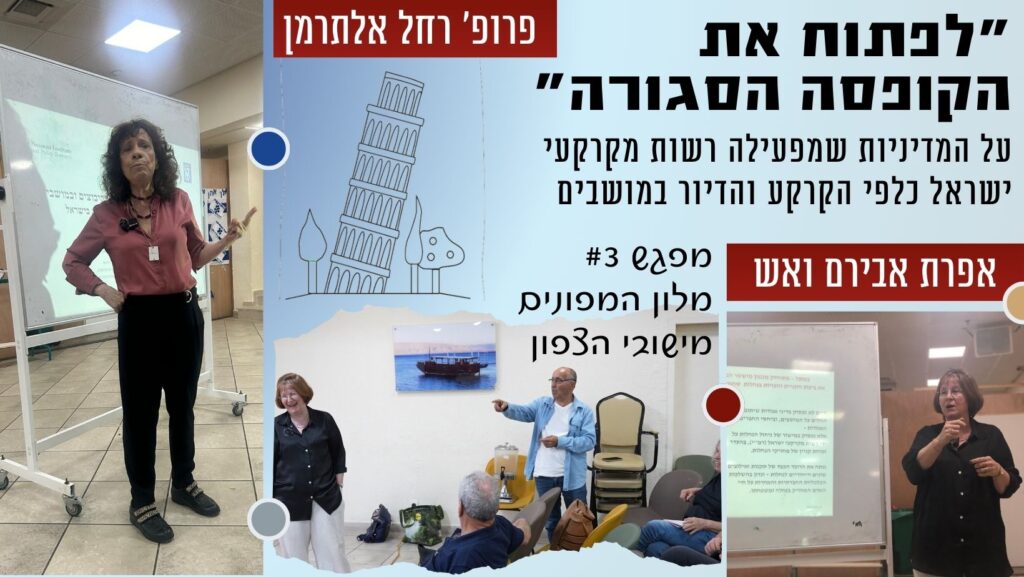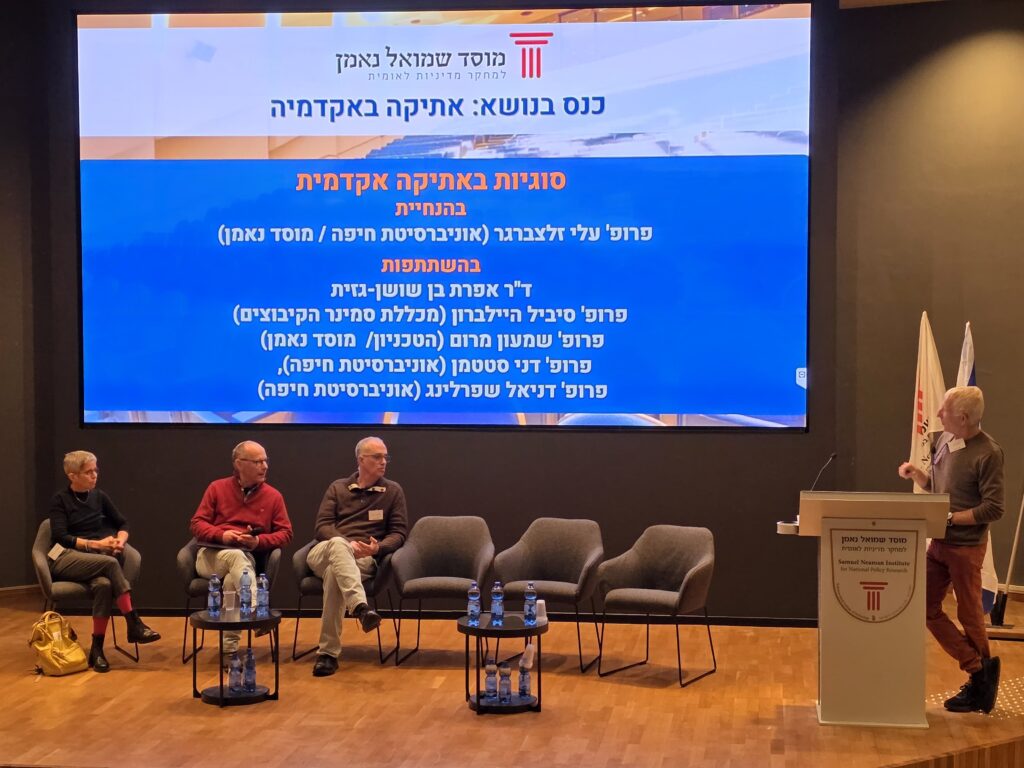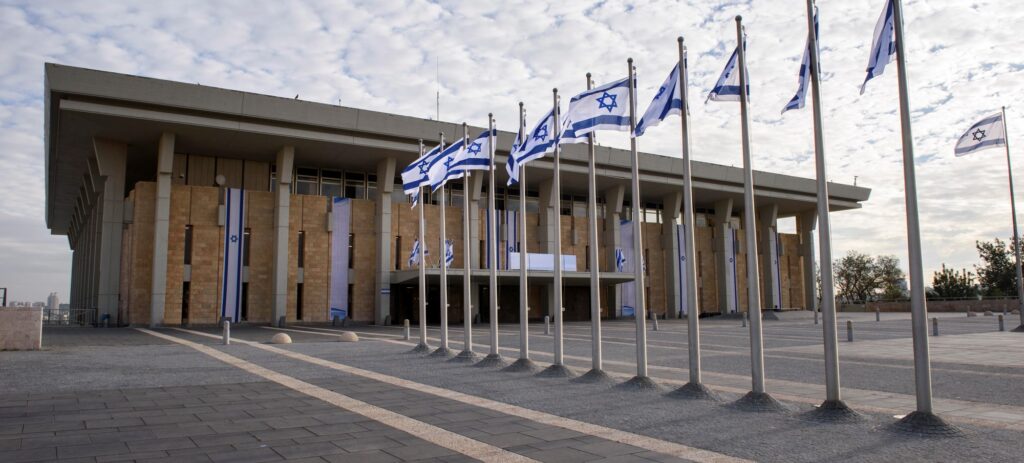In the summer of 2024, Israel is grappling with a severe waste crisis. Frequent policy changes and the absence of a long-term strategy have led to a situation where landfill space is rapidly depleting, while there are still insufficient waste treatment facilities to provide a viable alternative. This crisis is felt more acutely in the northern district, where landfill capacity is dwindling, forcing authorities to transport waste to sites in southern Israel. The current regulatory framework does little to support the development of waste sorting and treatment facilities. Additionally, local authorities are not sufficiently involved in initiating these facilities, either due to internal constraints or a lack of participation in decision-making processes.
This study focuses on mapping and analyzing models for establishing advanced waste treatment facilities by local authorities. It identifies six models of local authority involvement in the establishment of waste treatment facilities, based on economic, organizational, geographical, and political factors. Each model’s strengths and weaknesses are assessed using SWOT analysis (strengths, weaknesses, opportunities, and threats), and a decision tree is provided to assist local authorities in selecting the most appropriate model. The study also evaluates the financial capacity of municipal-regional corporations for waste treatment, finding that all can finance sorting facilities, while most can also fund small treatment facilities, such as anaerobic digestion and composting plants capable of processing around 500 tons per day.
The study highlights the importance of regional cooperation and recommends municipal-regional corporations as an efficient solution for developing waste management facilities. These corporations can benefit from economies of scale, reduce costs, and improve professional waste management. However, the study also identifies potential risks, such as increased bureaucracy, public opposition (NIMBY), and high investment costs. A follow-up study could explore ways to mitigate these risks.
Finally, the study underscores the need for clear role definitions between the Ministry of Environmental Protection and local authorities to effectively address the waste crisis and facilitate the creation of waste sorting and treatment facilities. The Ministry should set clear policies and targets (the “what”), while local authorities should determine the most effective measures (the “how”) to meet these goals.












